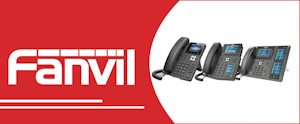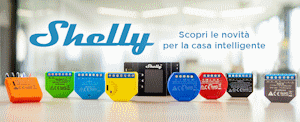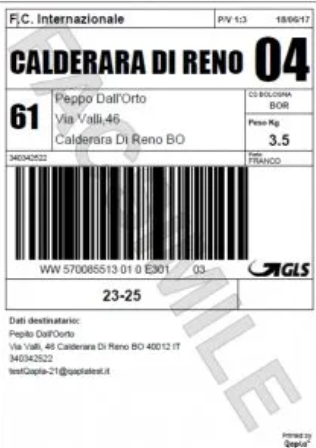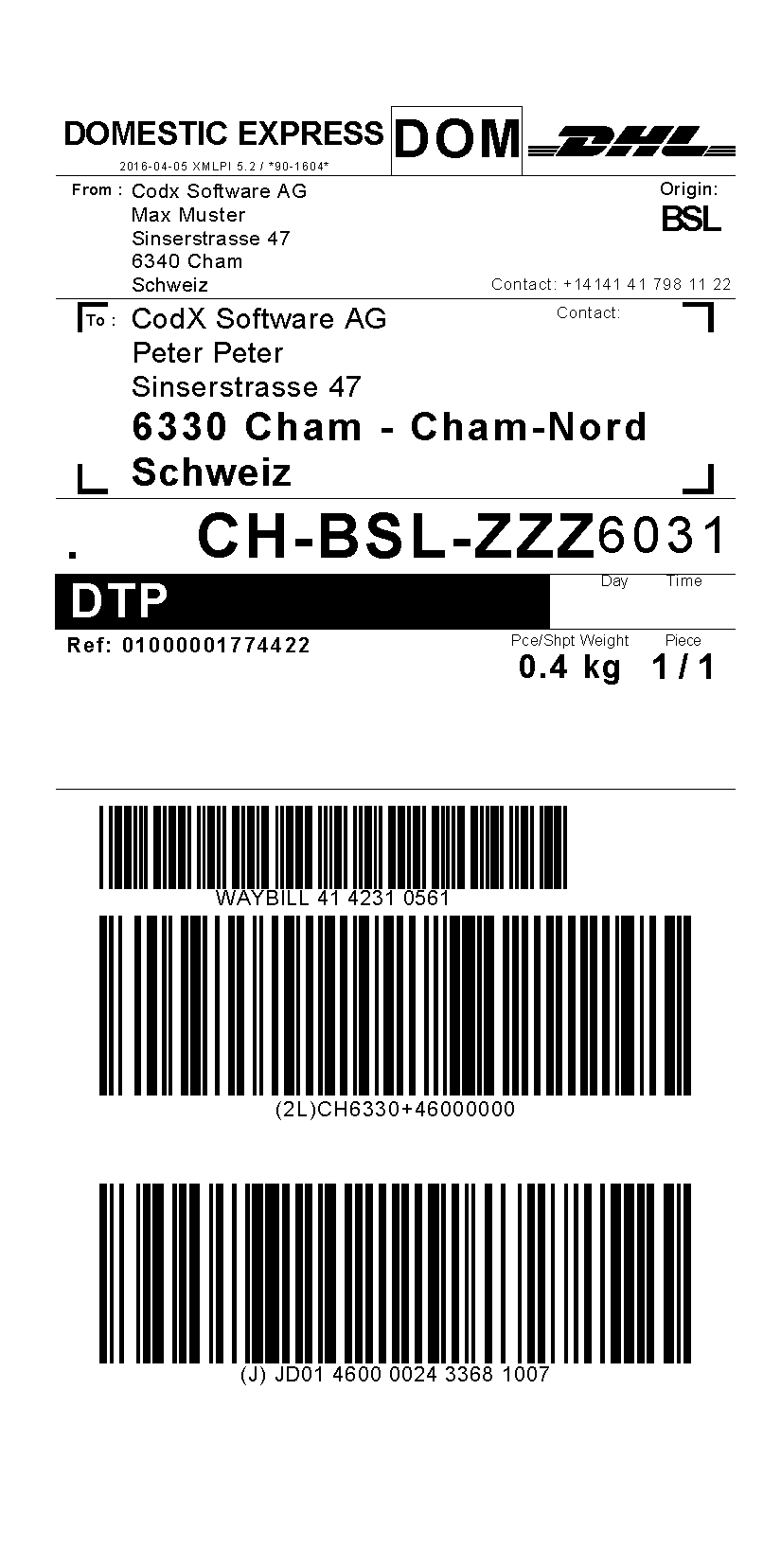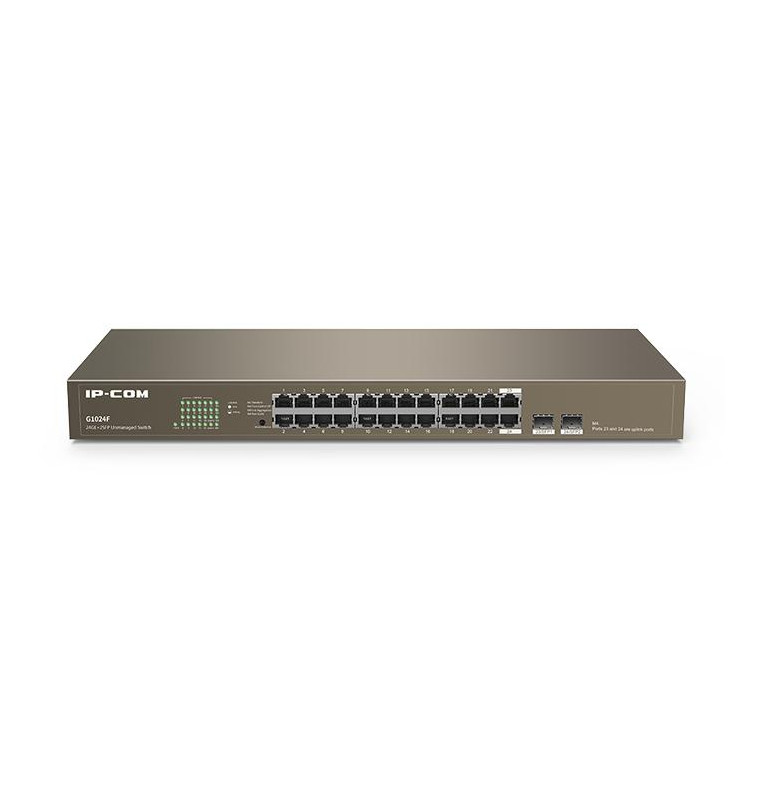
Switch Unmanaged 24 porte 10/100/1000Mbps + 2 SFP Gigabit
IC-G1024F
Sizes: 44x17.8x4.4
Box: 5
Color: Light brown
Certificate: CE RoHS FCC
Comp. brand: IP-COM
Box: 5
Color: Light brown
Certificate: CE RoHS FCC
Comp. brand: IP-COM

SPEDIZIONE CON CORRIERE ESPRESSO GLS

PAGAMENTI SICURI CON SICUREZZA SSL

TEMPO MEDIO DI CONSEGNA 3 GIORNI


